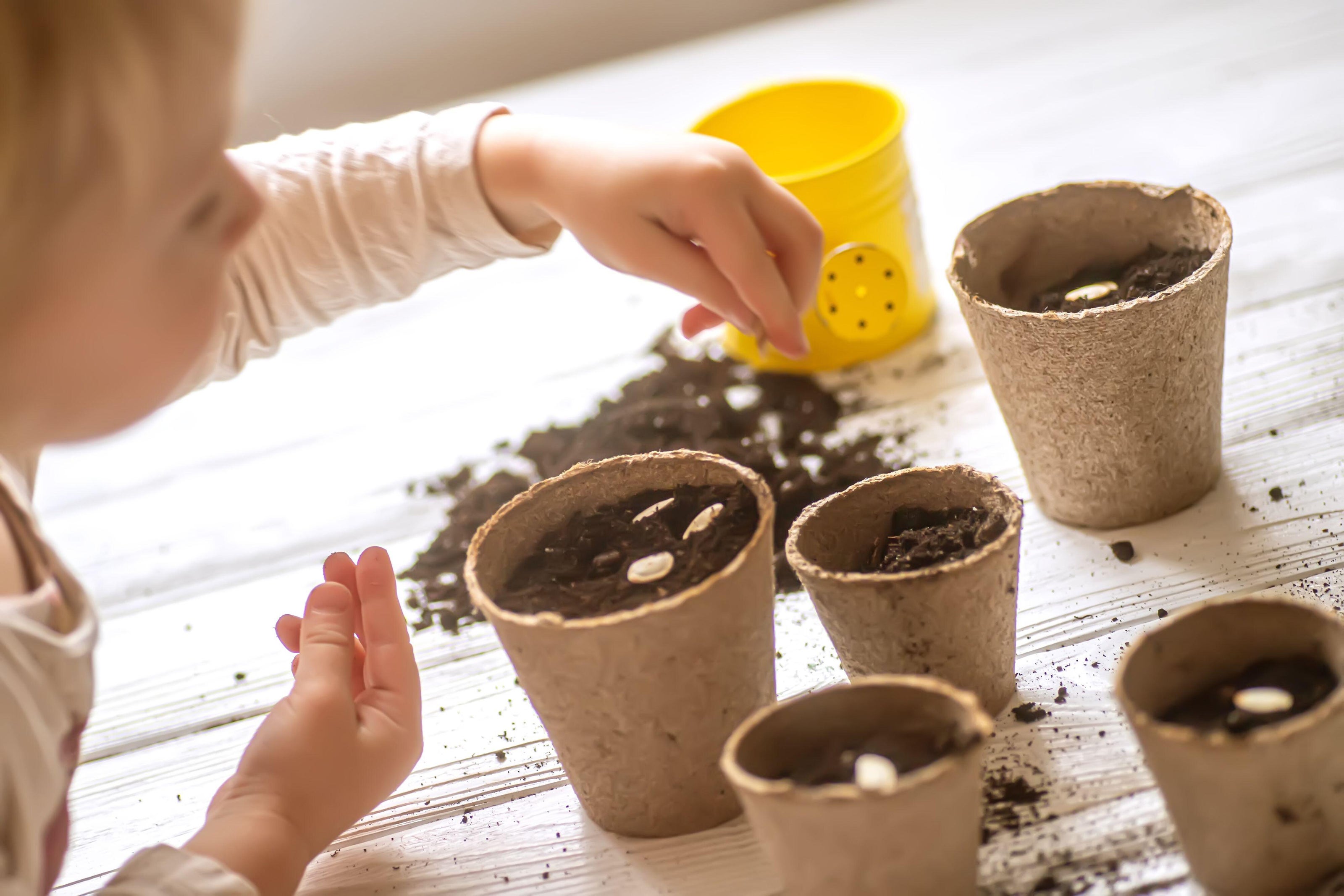5 easy seeds to grow as a family
A schools expert offers five easy seeds for children to sow. By Hannah Stephenson.

Your support helps us to tell the story
From reproductive rights to climate change to Big Tech, The Independent is on the ground when the story is developing. Whether it's investigating the financials of Elon Musk's pro-Trump PAC or producing our latest documentary, 'The A Word', which shines a light on the American women fighting for reproductive rights, we know how important it is to parse out the facts from the messaging.
At such a critical moment in US history, we need reporters on the ground. Your donation allows us to keep sending journalists to speak to both sides of the story.
The Independent is trusted by Americans across the entire political spectrum. And unlike many other quality news outlets, we choose not to lock Americans out of our reporting and analysis with paywalls. We believe quality journalism should be available to everyone, paid for by those who can afford it.
Your support makes all the difference.Short of stuff to do during the upcoming half term? Or looking for inspiration to do your bit for Children’s Gardening Week (May 29-June 6)? Well, there’s still time to encourage kids to grow a few easy seeds.
“With the days warming up, half term is the perfect time for kids to get outside and try their hand at seed sowing,” says Alana Cama, RHS schools and groups programme manager. “There are plenty of fun vegetables, tasty herbs and beautiful flowers that can still be sown now to provide some tasty treats and bursts of colour over the summer months.
“Children can get a real sense of achievement from nurturing a plant from seed and it’s a brilliant way to learn about where our food and flowers come from.”
These five easy seeds to sow in late May or early June, are Cama’s top picks for making gardening child’s play….
1. Sunflowers
Lift spirits with this summer favourite loved by birds and bees. The flower heads come in a range of colours, from yellows to dark reds and oranges. You might want to pick a very tall variety such as ‘American Giant’, which can reach a towering height of around 4m.
“Sunflower seeds are large, making them easy for tiny hands to handle – they can be sown individually in pots first and placed on a bright windowsill, or sown straight into the soil in a sunny spot. Sow them in May and keep them well watered,” Cama advises. “Watch out for slugs as the seedlings appear and support the stem with a cane as the plant gets taller. Sunflowers take about 11-18 weeks to grow from seed to flower.
“Add a sense of excitement and keep kids interested by having a sunflower growing competition, involving your household or street,” suggests Cama. “Or consider gifting potted sunflower seedlings to friends and neighbours to brighten up their day.”
2. Nasturtiums
Nasturtiums not only look pretty, they have edible peppery-tasting flowers that are great for decorating summer salads. Carefully sprinkle the large seeds into 2cm-deep drills made in the soil and then cover up. Give trailing varieties a go by sowing them in a container or hanging basket.
Children might enjoy keeping an eye out for caterpillars of the cabbage white butterfly, which often munch their way through the leaves. These hungry caterpillars are interesting to watch and provide food for birds so it’s worth putting up with a bit of damage, Cama suggests.
3. Dwarf French beans
Pods of dwarf French beans can be eaten fresh from the plant or are delicious cooked up as a side helping of vegetables. French bean pods come in a range of different colours from green to cream and yellow to purple. Varieties include ‘Cobra’, ‘Tendergreen’, ‘Purple Teepee’ and ‘Purple Queen’.
This type of bean doesn’t like the frost, so the end of May to early July is the ideal time to sow them outdoors, planted 5cm deep and 10cm apart.
“They grow to about 45cm tall so are best grown grouped together so the plants support each other. Another option is to collect twigs and push them upright into the ground to help keep the beans climb up and keep them off the soil. Remember to keep the beans well-watered, especially during dry weather,” Cama advises.
4. Squash
“Squash are exciting to grow if you have lots of space and they come in a huge assortment of different shapes, sizes and colours. One even has flesh that resembles vegetable spaghetti. Varieties include ‘Sweet Dumpling’, ‘Crown Prince’, ‘Honey Bear’, ‘Sunburst’ and many more. You could even try growing a butternut squash,” she suggests.
Squash have very large seeds so are easy for little hands and fingers to plant. Sow in late May to early June and only plant them outside once all chances of frost have passed.
Squash are very thirsty so keep them well watered, especially in the drier summer months. It is also a good idea to give each plant food in the form of liquid fertiliser (about once every two weeks), to help them grow luscious green leaves and lots of tasty individual squashes.
5. Herbs
Basil, coriander and chives can be grown in pots on an indoor windowsill, so are ideal if you don’t have much space. Sow these small seeds in pots and watch as they grow.
“Our top tip is to use a seed sower or the palm of your hand to sow these teeny tiny herb seeds. You could even opt for something a little different and experiment with purple basil or garlic chives,” Cama advises.
For more spring gardening activity ideas and free resources for schools visit the RHS Campaign for School Gardening (schoolgardening.rhs.org.uk).
National Children’s Gardening Week (childrensgardeningweek.co.uk) runs from May 29-June 6.